The Best Fluffy Pancakes recipe you will fall in love with. Full of tips and tricks to help you make the best pancakes.
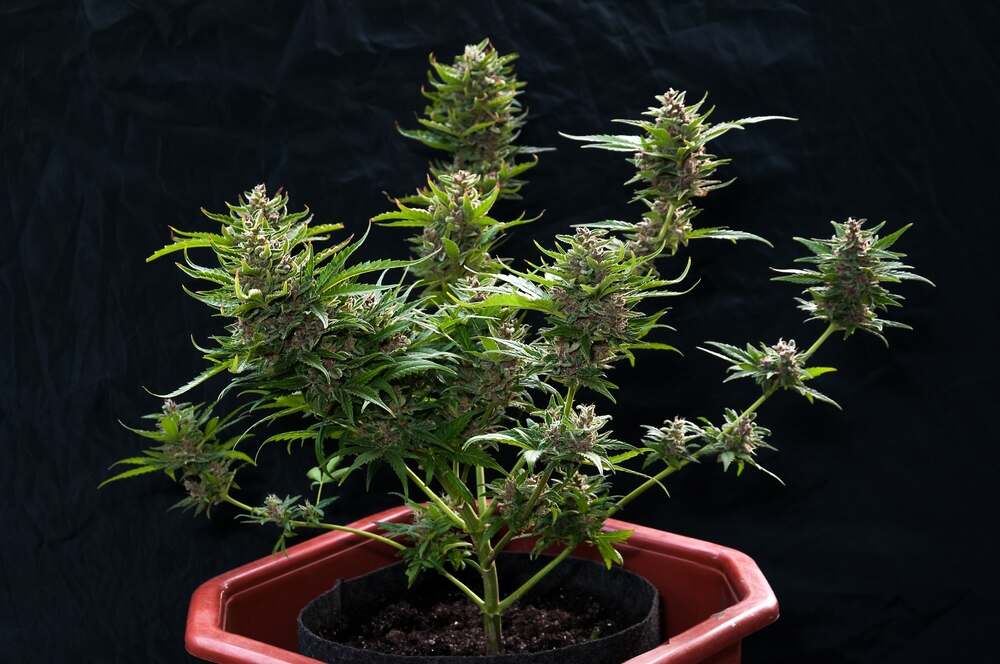
How much do autoflowers yield?
If you’re growing autoflowers for the first time, you’re probably wondering, “How much bud am I actually going to get from this little plant?” Autoflowers are compact, fast, and beginner-friendly, but the yield can seem unpredictable without a bit of guidance. As someone who’s bred, tested, and grown autos in both tents and gardens, I can tell you this—your yield depends on more than just your strain. It’s about how you grow, what environment you create, and the tools you use.
In this article, I’ll walk you through exactly how much autoflowers yield, how that yield is calculated, what factors influence it, and what you can do to pull the best harvest possible. Whether you’re growing indoors or outdoors, there’s a strategy to dial it all in.
Understanding average and maximum autoflower yields
What constitutes average indoor yield per plant
The average yield for autoflowers grown indoors typically falls between 50 to 120 grams per plant. This is based on plants grown under proper lighting (like full-spectrum LED), using quality genetics, and managed with a stable light cycle and nutrient plan.
This also means you’re controlling humidity, temperature, and airflow in a grow tent or grow room. In this controlled environment, you’re giving your autos the conditions they need to focus on flower production rather than survival.
For example, when I run a tent with 4 autos in 5-gallon fabric pots under a 300W LED, each plant usually gives me 90–110 grams dry, depending on strain and training.
Typical outdoor yield expectations
Outdoors, autoflowers can yield more or less depending on your climate and setup. On average, you’re looking at 70 to 150 grams per plant, although I’ve seen some growers pull over 200 grams in prime conditions.
Sunlight is free and powerful, but the tradeoff is weather. Rain, pests, and unpredictable temperatures can all affect yield. In my experience, using a greenhouse or portable cold frame helps protect the plants while still taking advantage of natural light.
How “super” autoflowers expand the yield range
Some seed banks now offer “super autos” — autoflowers that grow larger and take longer than traditional ones. These strains can grow over 1.5 meters tall and yield 200–300 grams or more per plant.
These aren’t ideal for tight spaces, but if you’re outdoors or have a tall tent, they give you photoperiod-level yields with autoflower simplicity. I’ve grown Gorilla Cookies XL Auto and pulled nearly 280 grams from one monster in a 7-gallon pot.
How yield is calculated: wet vs dry measurements
Difference between wet bud weight and dried yield
The yield of an autoflower is typically measured after drying and curing — that’s your final smokeable product. Wet bud weight includes all the water content and gives a false impression of how much you actually harvested.
When I cut down a plant, the wet weight might read 400 grams, but once it’s dried and trimmed, it’s closer to 100 grams. This is completely normal — most of the weight is water.
Conversion methods (e.g. 25%‑30% of wet weight)
To estimate your dry yield from a wet harvest, I use the 25% rule. This means whatever the wet trimmed buds weigh, you’ll end up with roughly a quarter of that after proper drying.
- Wet weight: 400g
- Estimated dry weight: 100g
If you’re drying in a low-humidity room (50–60% RH) at 18–21°C for about 7–10 days, you’ll hit the right target without mold or terpene loss.
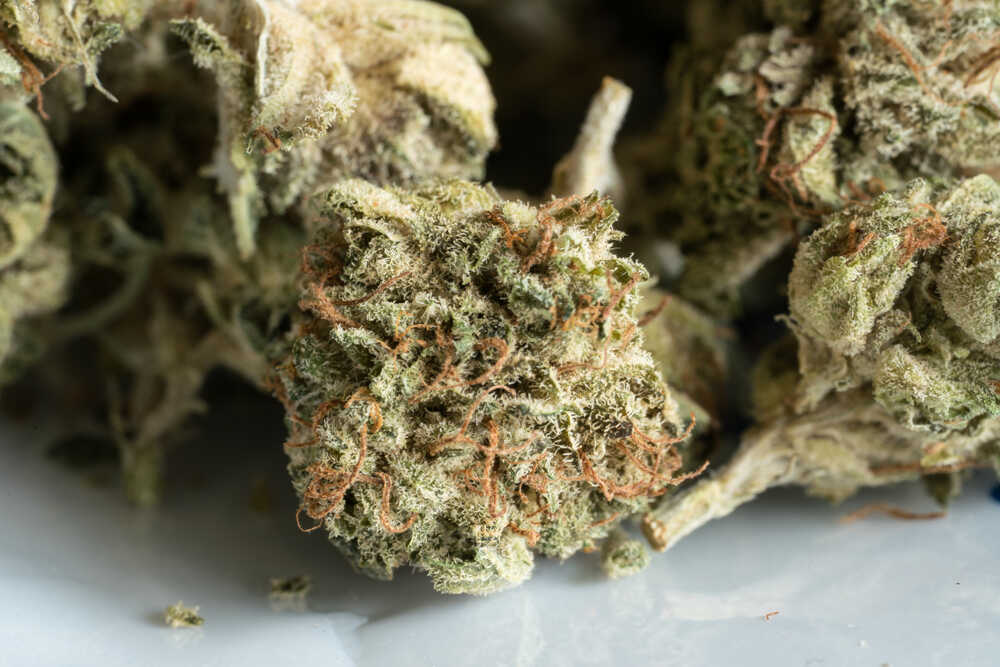
Why seed banks report wet yield and how to interpret it
Seed banks often list yields like 400–600 g/m², but what they don’t always tell you is whether that’s wet or dry. More often than not, that number leans on wet yields or optimal conditions using hydroponics or CO₂-enriched environments.
When I read those stats, I knock the number down by 25–30% to set realistic expectations. That way, I’m not disappointed when I pull a dry 90g instead of the promised 120g.
Key factors influencing autoflower yield
The role of genetics and strain selection
Genetics is the base layer of your yield potential. Some strains are bred to stay small and fast (great for stealth grows), while others are engineered for heavy bud production.
I always start with yield-tested strains. If I want quantity, I choose autos like Hulkberry Auto, Orange Sherbet Auto, or Wedding Cheesecake Auto. These consistently produce dense buds and respond well to training.
Impact of lighting (LED vs HID, light hours, intensity)
Lighting is the engine that powers bud growth. LED grow lights are efficient, run cooler, and offer full-spectrum light that autos love. I use 18/6 or even 20/4 light schedules for autos from seed to harvest — more light hours = more photosynthesis = more yield.
A high-intensity 300W LED can cover a 3×3 ft tent and support 3–4 plants. If you’re using older HID lights, make sure to manage heat and keep the canopy distance correct.
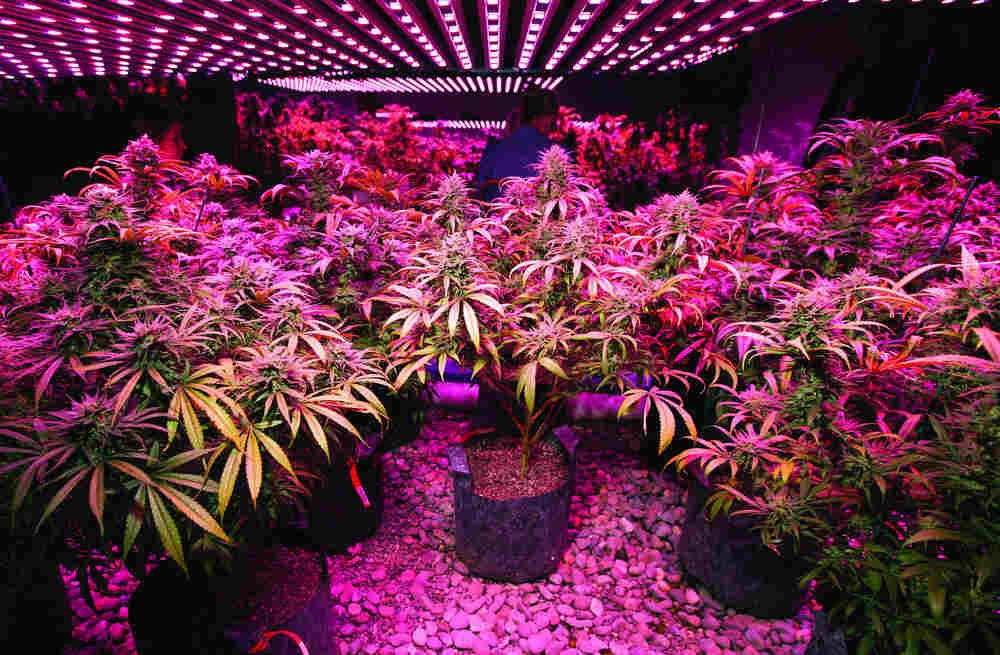
Effects of pot/container size and root development
Autoflowers don’t like being transplanted. I start them directly in their final pot, usually 3 to 5 gallons of quality soil or coco. This gives the roots space to spread early and fuels top growth.
Bigger roots equal bigger plants — it’s that simple. I avoid small 1-gallon pots unless I’m intentionally growing micro autos.
Environmental conditions: temperature, humidity, CO₂
Consistent environment equals consistent yields. Ideal grow room conditions are:
- Temperature: 24–28°C (day), 18–21°C (night)
- Humidity: 55–65% (veg), 45–55% (flower)
Good airflow and CO₂ supplementation (for advanced growers) can take your yields to the next level. I add CO₂ only when growing in a sealed tent with strong lighting — otherwise, the benefit is marginal.
Nutrients, pH management and feeding schedule
Autoflowers need a lighter touch with nutrients. Overfeeding will stunt them, especially during early veg. I use organic amendments or diluted synthetic nutes and monitor pH closely (6.0–6.5 in soil, 5.8–6.2 in coco).
I also follow a feeding schedule like this:
- Week 1–2: Light seedling feed or compost tea
- Week 3–5: Veg nutrients, start LST
- Week 6–10+: Bloom boosters, taper off near harvest
Indoor vs outdoor autoflower yields
Benefits and typical yields from controlled indoor environments
Indoors, you’re the boss of everything — from the light cycle to the humidity and airflow. This also means fewer surprises, no pests, and year-round harvests.
With a dialed-in setup, your indoor autoflower yield can hit 100–150 grams per plant and 400–600 g/m² with multiple plants.
You can also schedule back-to-back grows without waiting for seasons to change. That’s why I prefer indoor for consistency and strain testing.
Advantages and risks with outdoor grows in different climates
Outdoors, autoflowers benefit from free sunlight, but they’re exposed to a lot — heatwaves, rainstorms, caterpillars, and even nosey neighbors.
That said, in warm climates with long days, you can grow monsters. I’ve pulled 200 grams from one plant in a 10-gallon pot under open sun.
In colder or rainy regions, yields are smaller unless you protect the plant. Grow bags, raised beds, and light hoop tunnels work well to keep them safe.
Multiple harvests per year and cumulative yield potential
Autos grow fast — some are done in 9 weeks from seed. That means you can fit multiple grows in one season.
For example:
- Grow 1: April–June
- Grow 2: July–September
- Grow 3 (optional): Indoors during winter
Even if each plant yields 100g, you could harvest 300g+ per season per plant site. That’s serious output for a small garden.
Techniques to maximize autoflower yield
Training methods like LST, SCROG, SOG for autos
Autoflowers don’t have time to recover from topping, so I use LST (low stress training). This involves gently bending the main stem and tying it down to create multiple colas.
SCROG (Screen of Green) works if you train early and weave the branches through a mesh.
SOG (Sea of Green) involves packing many small autos together — great for quick turnover in tight spaces.
These methods boost light penetration and encourage uniform bud growth.
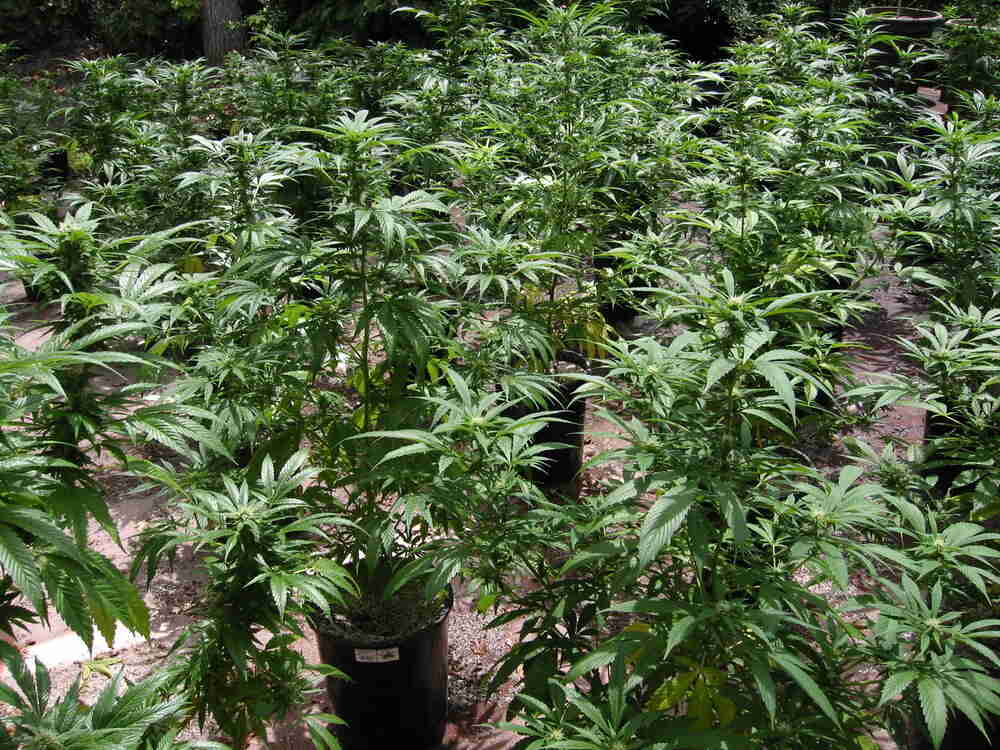
Choosing final container size early (avoid transplant stress)
Autos don’t like being repotted. I always start in the final container to avoid shocking the roots.
Use fabric pots for better drainage and oxygenation. My go-to sizes are:
- 3 gallons for small autos
- 5 gallons for average
- 7+ gallons for super autos
Optimising nutrient regimes and timing lights
Feed lightly at first, then ramp up as the plant shows vigorous growth. Avoid high-nitrogen formulas during flowering. I switch to bloom-focused feeds around week 5.
For lighting, keep it consistent. I run 20/4 for most of the grow — 20 hours on, 4 off. That gives the plants all the photosynthesis time they can handle.
Monitoring climate, using CO₂, and avoiding common mistakes
Keep your environment steady. Use a hygrometer, thermometer, and fans. Avoid crowding your tent — poor airflow = mold city.
If you’re growing in a sealed tent with strong LED lighting, consider adding CO₂ to boost yield, but only if everything else is optimized first.
Avoid these common yield-killers:
- Overwatering
- Overfeeding
- Using low-wattage blurple lights
- Starting in tiny pots
- Letting the plant stretch too far from the light
High‑yielding autoflower strains and expected performance
Examples of strains bred for heavy yields
Some autoflower strains are bred specifically to produce fat yields. A few top performers I recommend include:
- Gorilla Glue Auto – High THC and 120–150g per plant
- Hulkberry Auto – Massive growth, fruity flavor, up to 200g
- Wedding Cheesecake Auto – Balanced hybrid, yields around 180g
These strains respond well to training and tolerate mild stress, making them good for new growers too.
Indoor yield per m² benchmarks from seed banks
Seed banks usually advertise indoor yields of 400–600 g/m² — achievable if you’re growing 4+ autos in a well-lit tent with proper ventilation.
This translates to about 100–150g per plant in ideal conditions, though actual results vary based on training, nutrients, and light spread.
Outdoor yield per plant under ideal conditions
Outdoors, in full sun with good soil and big containers, autos can easily produce 150–250g per plant. If you’re growing somewhere warm and dry with long daylight hours, you’ll hit the higher end.
Give them shelter from heavy rain and pests, and you’ll be rewarded with dense, resin-packed buds.
Conclusion
Autoflowers may be smaller and faster than photoperiod plants, but with the right care, they can deliver impressive yields. Your final weight depends on many things — from strain selection and lighting to your environment and feeding routine.
I’ve grown hundreds of autos over the years, and what I can tell you is this: treat them right from seed, give them room to grow, and they’ll reward you with sticky, potent harvests that punch above their weight. Whether you’re running a stealth grow or looking to pull multiple harvests per season, autos can be a powerful tool in your grower’s arsenal.


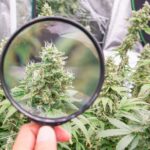

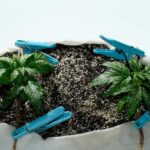
Very nice article with a ton of interesting information. My first auto grow is coming and the more data I can find the better lol thanks